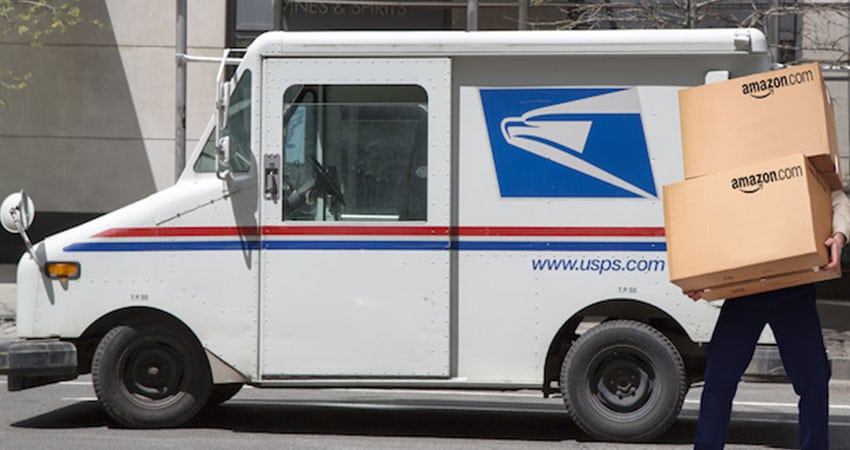As of Jan. 27, Priority Mail Express rates from USPS increased 3.9%, while Priority Mail saw an average increase of 5.9%, higher for those using commercial-plus pricing. First Class Package Service for items under 1 lb. saw the biggest jump, at an average of 11.9%, while implementing zone-based pricing for the first time.
On the positive side, Parcel Select Ground rates – used by both UPS and FedEx for last-mile services – went down by an average of 1.3%, while Media Mail went up just 2.9%. Also, the USPS delayed implementation of a reduction in its dimensional weight divisor from 194 to 166 until June 23, to allow shippers more time to adjust. A lower divisor means more packages that “DIM out” and get hit with a higher billed weight.
Rob Zaleski, digital content and brand manager for shipping software firm ShippingEasy, said his company is not seeing merchant shippers fleeing from USPS to UPS and FedEx as a result of the postal rate spike, since both implemented average general rate increases (GRIs) of 4.9% for 2019, in addition to numerous accessorial and fuel surcharge increases. ShippingEasy publishes an annual guide to shipping rates from the major carriers.
“A lot of times you find the USPS rates are still coming in under the carriers,” Zaleski said. “Especially if a shipper has some leeway in delivery times, Priority Mail wins, either flat rate or a regular rate box is often way under FedEx and UPS. We’re not seeing a mad dash away from USPS, but people are definitely upset that rates are going up again.”
To illustrate the impact of the new USPS pricing, Zaleski said an 11 oz. package shipped from Houston to Miami, which cost $3.66 last year, is now a Zone 5 shipment costing $3.96. Also, a 5 oz. package going from New York to Los Angeles increased from $2.79 to $3.63.
“Shipping from LA, half the country is now Zone 5 or above,” Zaleski said. “LA shippers are definitely seeing an uptick in costs. Shippers are trying to minimize excess packaging or use smaller boxes, any way they can cut down the weight to lessen the effect. The good news is that Zones 1 and 2 are pretty similar to 2018.”
Shippers will also face a major adjustment when the USPS DIM factor is adjusted down in June, Zaleski said, something they’ve grown accustomed to with UPS and FedEx.
“They have to be smarter and find ways to fit products into boxes as closely as possible,” he said. “When possible, they should use flat rate or regular rate boxes and see substantial savings. The more DIM goes down, the more it’s costing them – it’s something they haven’t had to think about as much with the USPS.”
Tim Sailor, owner of Navigo Consulting Group, said USPS was basically trying to mirror moves that UPS and FedEx were making, having held off on major increases for several years.
“The increases are right in line with what FedEx and UPS are doing, and where they’ve taking the marketplace,” Sailor said. “I’ve always been a firm believer that the USPS needs to be part of any shipper’s distribution mix. They’re effective in a number of areas, starting with First Class mail.
Sailor said in one recent client project, 45% of the company’s shipping volume was under 1 lb., so by converting to First Class it was able to save almost 60% on its shipping costs.
While First Class Package Service is going up an average of 11.9%, that increase will be substantially higher for shippers with higher zone profiles, according to an analysis by Gordon Glazer of Shipware.
“Shippers with a high Zone 8 profile, very common with only a single distribution center on one of the coasts, will see a 21% increase,” Glazer wrote. “This will entice those to consider opening a second DC or use third-party fulfillment options. For example, Amazon should see an increase in its FBA programs.”

